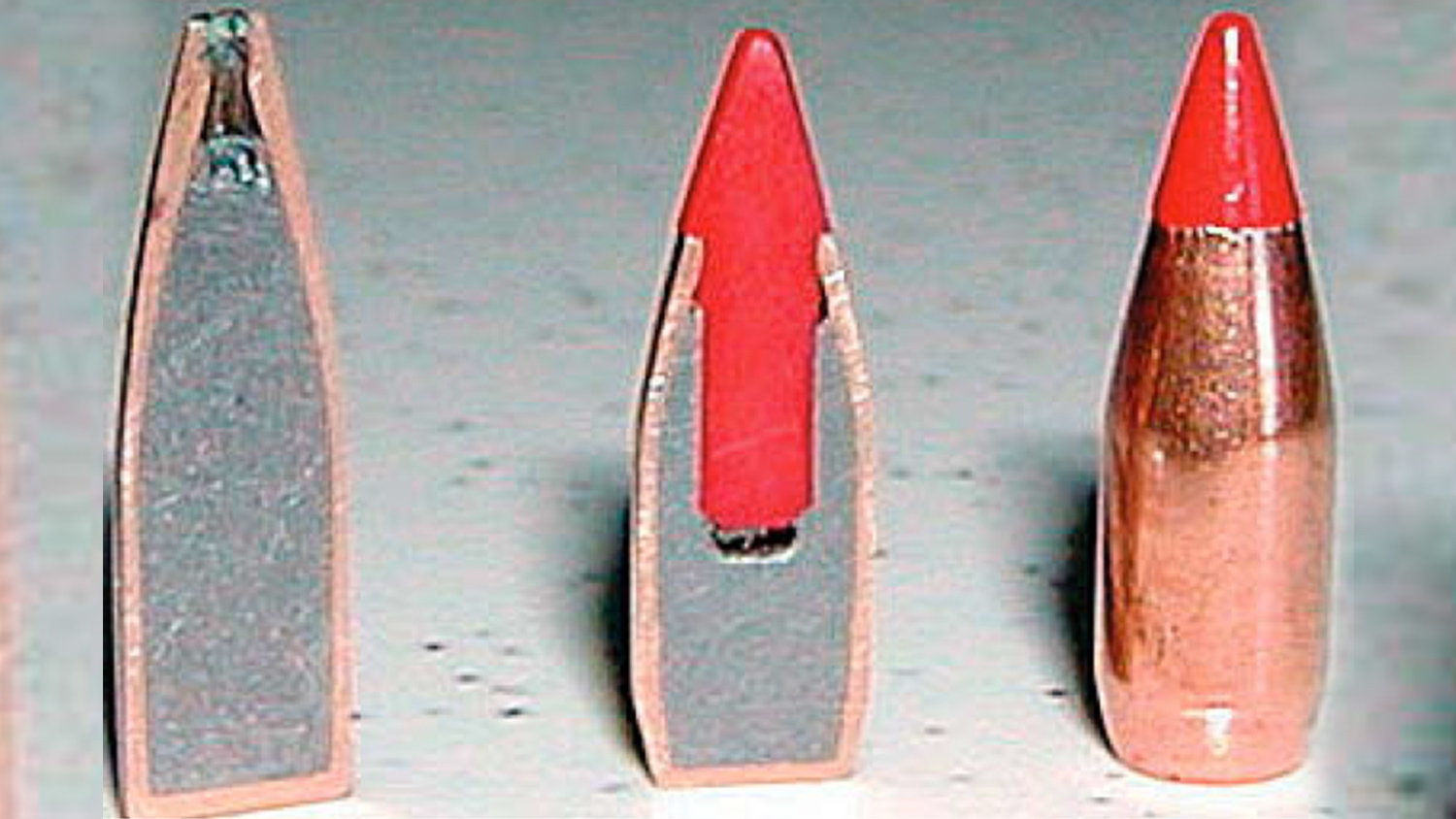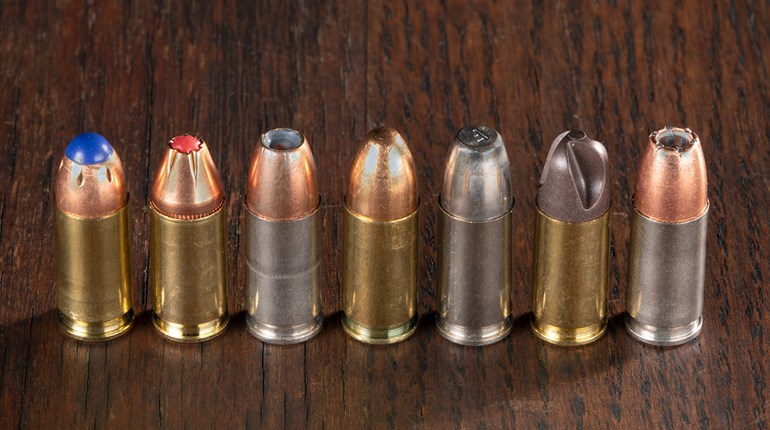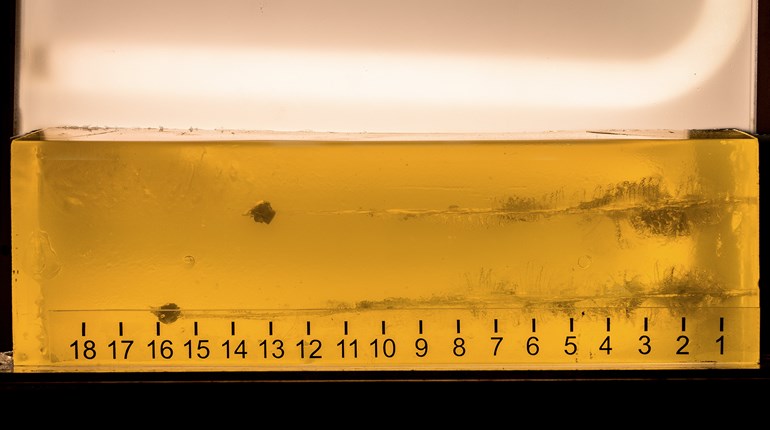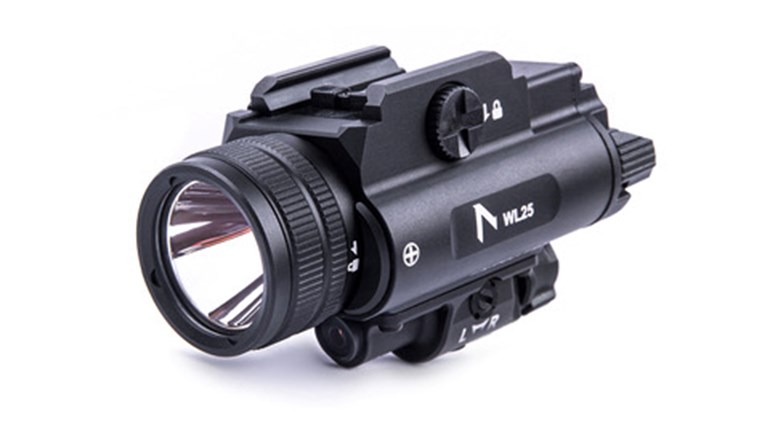
The starting point for an accurate bullet is the jacket concentricity. You have to have a bullet that has a very concentric jacket. If it gets over .001” it will definitely show up on the target. Generally speaking, spending a lot of time trying to get jackets under .0005” is not going to get you much because this will be covered up by a lot of other things.
From a pure physics standpoint, a hollow point does have some advantages for trying to achieve greater accuracy. A lot of bullets are “over stabilized” in the common barrel twist rates that are used in competition. When a bullet is over-stabilized it will take it longer to “go to sleep” or stabilize, following any disturbance at the point of muzzle exit. Hollow point bullets literally have no lead in a significant portion of the jacket at the front of the bullet. This results in a bullet that is longer for a given bullet weight than, say, a soft point bullet with lead all the way to the nose. The result of the longer bullet for the same weight, coupled with the hollow cavity in the nose, is a bullet with a more rearward center of gravity and a slightly lower stability.
The bottom line is the bullet goes to sleep quicker and you achieve better accuracy. You can go too far with this, however, and get a bullet that will fly point first but never go to sleep, never stop yawing, and it will shoot all over the paper.



































